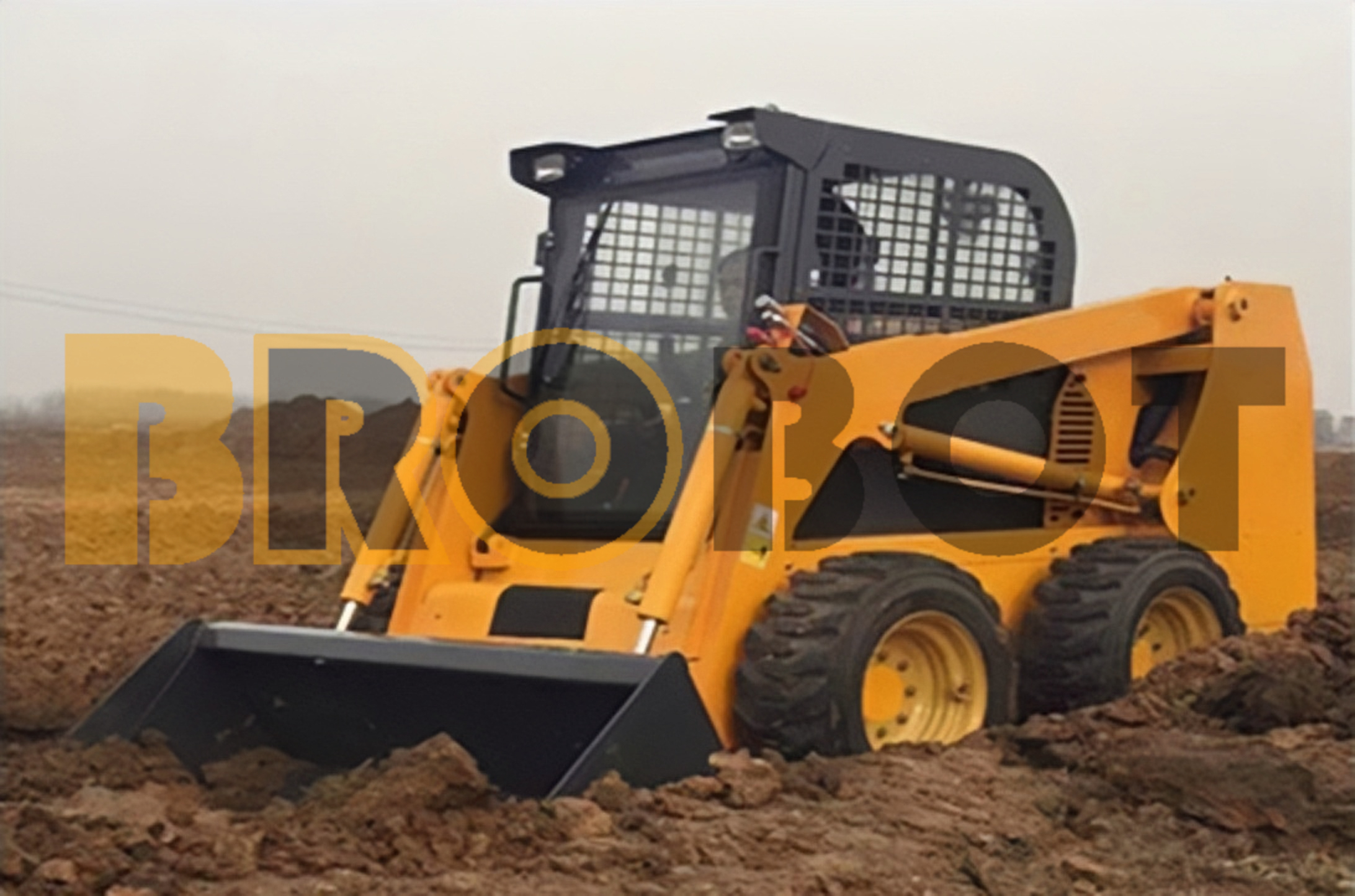Regular maintenance not only maximizes skid steer loader performance, but also reduces unplanned downtime, increases resale value, lowers costs and improves operator safety.
Luke Gribble, marketing manager for compact equipment solutions at John Deere, says landscaping professionals should consult their machine’s operator manual for maintenance information and keep records to prevent problems. The tutorial will help them create a checklist of what to check and where each touchpoint is located.
Before starting the skid steer, the operator must walk around the equipment, check for damage, debris, exposed wiring and machine frame, and inspect the cab to ensure that parts such as controls, seat belts and lighting are working properly. Ribble said.
Operators should check all oil and coolant levels, look for hydraulic leaks and lubricate all pivot points, according to Gerald Corder, product manager for construction equipment at Kubota.
“When you use hydraulics, the system doesn’t take advantage of the high system pressures that the boom, bucket and auxiliary circuits have,” said Corder. “Because the cylinder is under less pressure, any buildup of corrosion or wear leading to the connection could prevent the pin from locking properly and could lead to safety issues.”
Check the fuel/water separator at least once a week to minimize water content in the fuel, and replace filters at recommended intervals, Korder adds.
“For fuel filters, be sure to use a 5 micron filter or better to optimize the life of common rail fuel system components,” he says.
Mike Fitzgerald, marketing manager for Bobcat, says the most worn parts of skid steer loaders are tires. “Tires are also one of the main operating costs of a skid steer loader, so it is critical to take good care of these assets,” Fitzgerald said. “Be sure to check your tire pressure and keep it within the recommended PSI range – don’t go over or under it.”
Jason Berger, senior product manager at Kioti, said other areas to keep an eye on include checking water separators, checking hoses for damage/wear, and making sure all safety equipment is in place and working properly.
Teams should monitor pins and bushings to identify and fix problems, Berger said. They also need to monitor components and attachments that come into contact with the ground, such as buckets, teeth, cutting edges, and attachments.
The cabin air filter should also be cleaned and replaced as needed. “Often when we hear that the HVAC system is not working effectively, we can usually fix the problem by looking at the air filter,” Korder says.
On skid steer loaders, it is often forgotten by operators that the pilot control system has its own filter separate from the main hydraulic filter.
“Neglected, if the filter becomes clogged, it can lead to loss of driver and front end control,” Korder said.
Another invisible area, according to Fitzgerald, is the final drive housing, which contains fluid that needs to be changed periodically. He added that some models use mechanical linkages to control machine motion and loader lift arm function and may require periodic lubrication to function properly.
“Checking the belts for cracks and wear, checking the pulleys for grooves, and checking the idlers and tensioners for uneven rotation will help keep these systems running,” Korder said.
“Proactively addressing any issue, even minor damage, will go a long way in keeping your machines up and running for years to come,” Berger said.
If you liked this article, subscribe to Landscape Management for more articles like this.
Post time: May-31-2023

